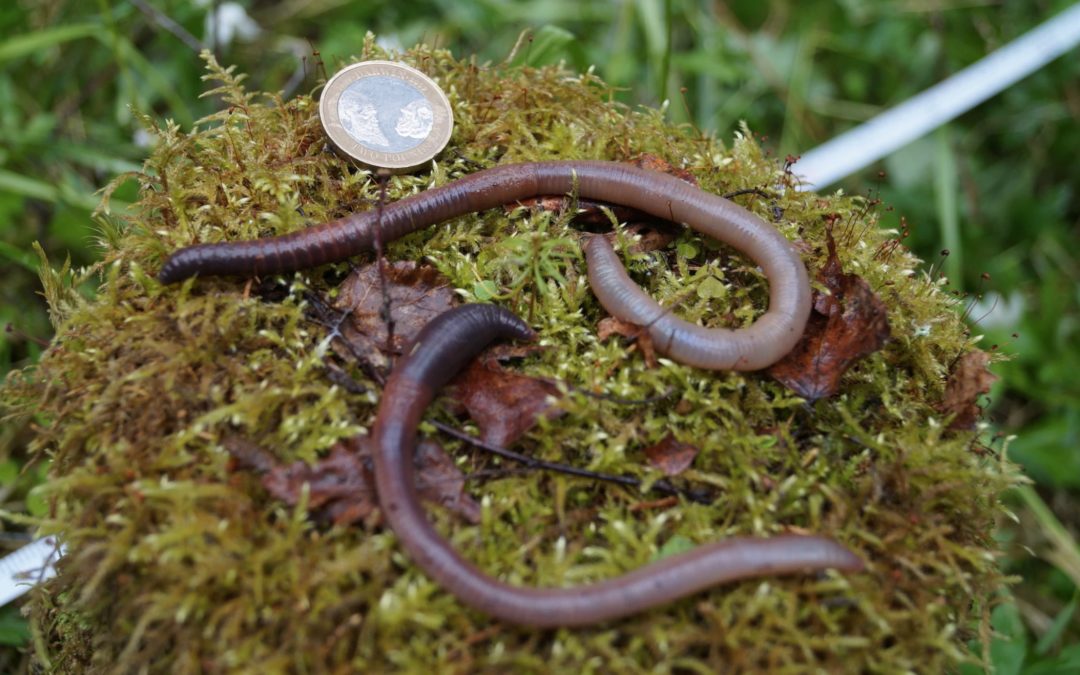SOURCE: New York Times
DATE: May 20, 2019
SNIP: Native earthworms disappeared from most of northern North America 10,000 years ago, during the ice age. Now invasive earthworm species from southern Europe — survivors of that frozen epoch, and introduced to this continent by European settlers centuries ago — are making their way through northern forests, their spread hastened by roads, timber and petroleum activity, tire treads, boats, anglers and even gardeners.
As the worms feed, they release into the atmosphere much of the carbon stored in the forest floor. Climate scientists are worried.
“Earthworms are yet another factor that can affect the carbon balance,” Werner Kurz, a researcher with the Canadian Forest Service in Victoria, British Columbia, wrote in an email. His fear is that the growing incursion of earthworms — not just in North America, but also in northern Europe and Russia — could convert the boreal forest, now a powerful global carbon sponge, into a carbon spout.
Moreover, the threat is still so new to boreal forests that scientists don’t yet know how to calculate what the earthworms’ carbon effect will be, or when it will appear.
“It is a significant change to the carbon dynamic and how we understand it works,” Cindy Shaw, a carbon-research scientist with the Canadian Forest Service, said. “We don’t truly understand the rate or the magnitude of that change.”
The relationship between carbon and earthworms is complex. Earthworms are beloved by gardeners because they break down organic material in soil, freeing up nutrients. This helps plants and trees grow faster, which locks carbon into living tissue. Some types of invasive earthworms also burrow into mineral soil and seal carbon there.
But as earthworms speed decomposition, they also release carbon dioxide into the atmosphere. As they occupy more areas of the world, will they ultimately add more carbon to the atmosphere — or subtract it?
Erin K. Cameron, an environmental scientist at Saint Mary’s University in Halifax, Nova Scotia, who studies the boreal incursion of earthworms, found that 99.8 percent of the earthworms in her study area in Alberta belonged Dendrobaena octaedra, an invasive species that eats leaf litter but doesn’t burrow into the soil.
In 2015, Dr. Cameron published the results of a computer model aimed at figuring out the effect on leaf-litter over time. “What we see with our model is that forest-floor carbon is reduced by between 50 percent and 94 percent, mostly in the first 40 years,” she said. That carbon, no longer sequestered, goes into the atmosphere.
Not only that, in a 2009 study she calculated that earthworms had already wriggled their way into 9 percent of the forest of northeastern Alberta, and would occupy half of it by 2049.

